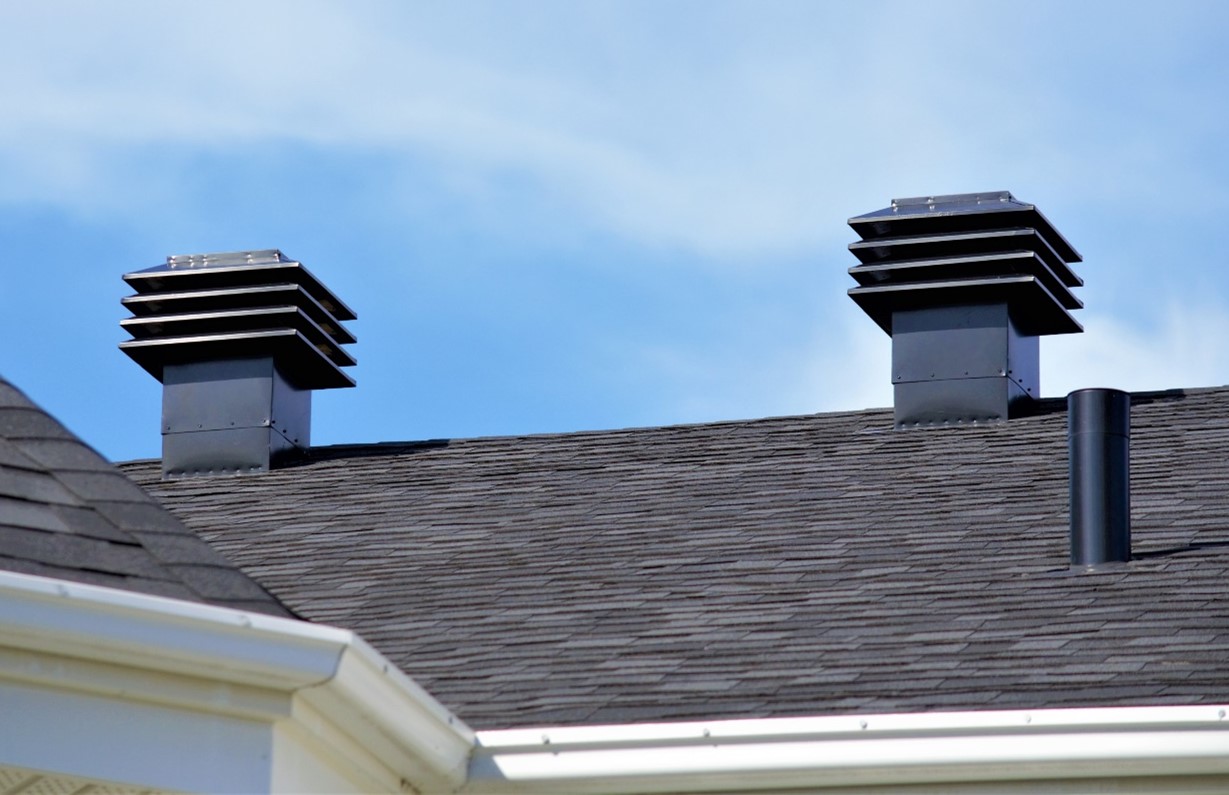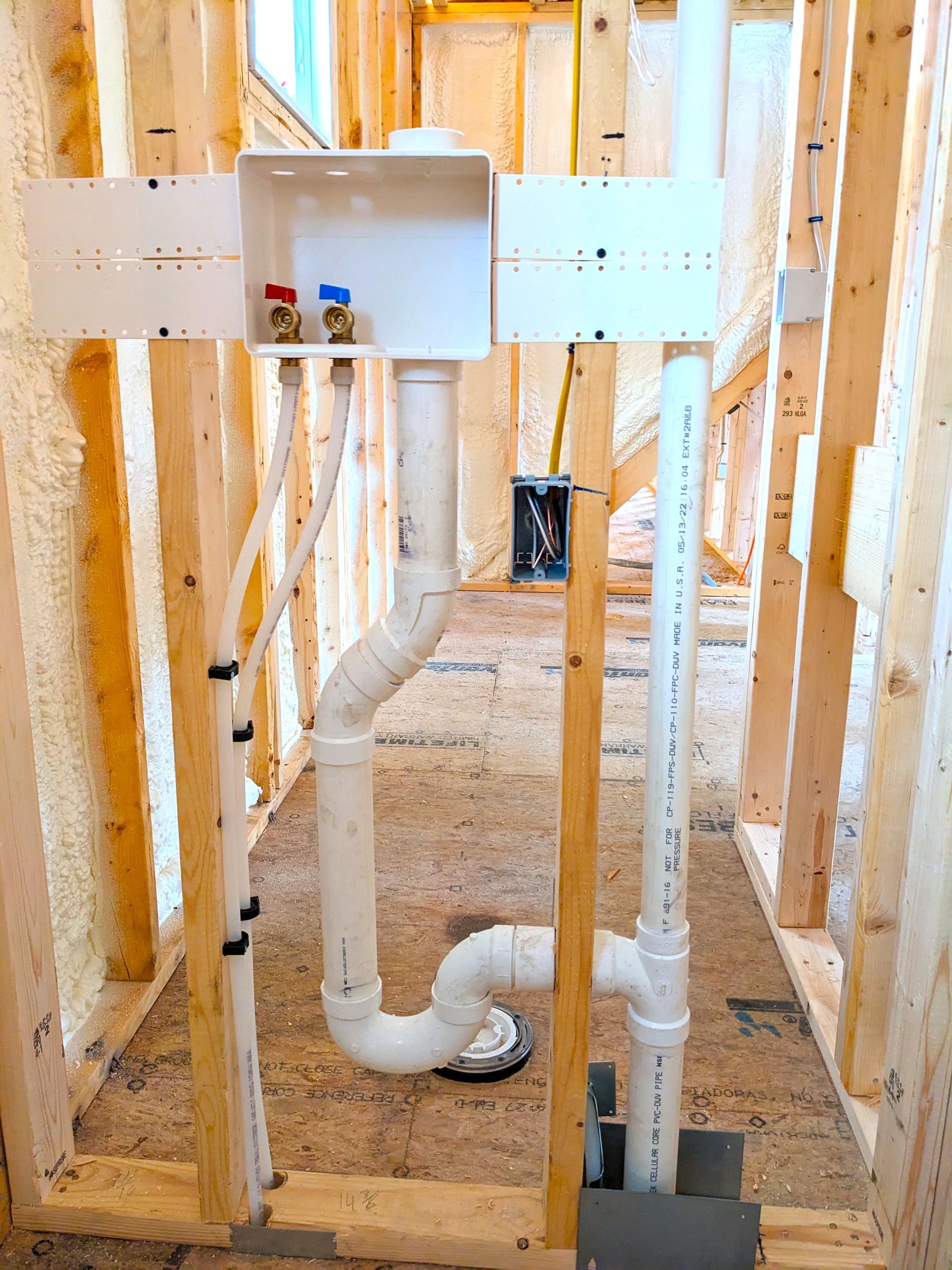The Importance of Adequate Ventilation in Your Home's Plumbing Systems
The Importance of Adequate Ventilation in Your Home's Plumbing Systems
Blog Article
Right here underneath yow will discover more excellent information around Essential Plumbing Vent Pipes: Understanding Their Role.

Appropriate ventilation in plumbing systems is often forgotten, yet it is important for preserving the capability and security of your home's plumbing. Ventilation helps regulate atmospheric pressure, protect against the build-up of dangerous gases, and make sure the effective removal of waste. In this overview, we will explore the value of appropriate plumbing air flow, how it functions, and the benefits it offers your plumbing system.
Just How Ventilation Functions in Plumbing Equipments
Air Pressure Guideline
Proper air flow keeps balanced atmospheric pressure within the pipes system. When water streams via pipes, it displaces air. Without sufficient air flow, this variation can create adverse pressure, leading to slow down drains pipes or siphoning of water from traps, which can cause unpleasant odors to seep into the home.
Stopping Sewer Gas Buildup
One of the most vital features of pipes vents is to avoid drain gases, such as methane and hydrogen sulfide, from collecting within the home. These gases can pose severe health threats and are extremely flammable. Vent pipelines allow these gases to escape securely outdoors.
Helping in Waste Elimination
Ventilation aids in the effective removal of wastewater by stopping airlocks in the drainage system. When air can stream openly through the vents, it enables water and waste to stream efficiently with the pipes, decreasing the threat of blockages and back-ups.
Advantages of Correct Ventilation
Boosted System Performance
Effectively ventilated pipes systems run a lot more successfully, with less obstructions, faster draining pipes, and much less stress on the pipes. This effectiveness extends the lifespan of the plumbing system.
Improved Air High Quality
By stopping drain gases from entering your home, correct air flow contributes to far better indoor air high quality, making your living setting healthier and much more comfy.
Stopping Water Damage
Adequate ventilation helps stop water from being siphoned out of catches, which can result in drain gases getting in the home and creating water damages in time.
Steps to Ensure Proper Air Flow
Consulting Plumbing Codes
Constantly speak with regional plumbing codes when creating or customizing your plumbing system. These codes offer the required guidelines for correct airing vent and guarantee your system meets safety and security criteria.
Regular Assessment and Maintenance
Routine inspections can help recognize prospective ventilation problems before they end up being significant problems. Maintenance jobs, such as cleaning air vent pipelines and checking for blockages, are crucial for keeping the system in good working order.
Specialist Installation
For brand-new installations or major adjustments, it's important to hire an expert plumbing. They have the expertise to guarantee the ventilation system is correctly made and set up according to code.
Understanding Ventilation in Pipes
Ventilation in plumbing describes the network of pipes that allow air to move via the water drainage system. These vents serve multiple functions, including regulating air pressure within the pipes, avoiding sewer gases from entering the home, and aiding in the smooth circulation of wastewater.
Kinds Of Pipes Vents
Key Stack Vent
The primary stack air vent, additionally referred to as the vent stack, is the primary air vent in a plumbing system. It extends from the major drainpipe line up with the roofing, allowing gases to get away and fresh air to get in the system.
Branch Vent
Branch vents link to the major stack vent and serve private fixtures, such as sinks, commodes, and showers. These vents make sure that each fixture has adequate air flow to operate appropriately.
Air Admission Shutoff (AAV).
An Air Admission Shutoff (AAV) is a one-way valve that permits air to enter the plumbing system without the need for a standard air vent pipeline extending via the roof. AAVs are generally utilized in improvements or locations where installing a conventional vent is unwise.
Signs of Poor Ventilation in Plumbing.
Slow Draining Fixtures.
If your sinks, bathtubs, or commodes are draining slowly, maybe an indication of bad air flow. Insufficient air flow can develop a vacuum result, making it tough for water to drain appropriately.
Gurgling Sounds.
Gurgling sounds originating from drains are often an outcome of air being drawn through water traps because of negative stress in the pipelines. This is a clear indication of inadequate air flow.
Unpleasant Odors.
Sewer odors inside your home are a warning that your pipes system is not properly aerated. This might imply that sewer gases are not being sufficiently aired vent outside, causing potentially unsafe problems.
Usual Ventilation Blunders.
Insufficient Vent Sizing.
Using small vent pipelines can lead to bad air flow and pressure discrepancies in the system. It's important to utilize vents that fulfill the certain needs of your pipes system.
Improper Vent Positioning.
Putting vents too far from the fixtures they serve can decrease their efficiency. Appropriate placement makes certain that air can move openly and efficiently through the system.
Ignoring Code Needs.
Building codes supply particular standards for plumbing air flow. Neglecting these codes can cause a system that fails to work properly and might lead to pricey repair services or carcinogen.
Conclusion.
Appropriate air flow is an essential component of any plumbing system, making certain that it works successfully and safely. By understanding the value of air flow, acknowledging the indications of inadequate air flow, and taking actions to preserve your system, you can stop costly concerns and safeguard your home's air top quality.
What is a Plumbing Vent and it's used for?All plumbing systems in residential and commercials construction have a plumbing vent. It doesn’t just vent unwanted odors from the drainage system to the outside; it actually serves an important purpose by supplying air to the system.
The plumbing drainage system is actually called a drainage, waste and vent (DWV) system. When water flows down the piping, an air supply (vent) is needed to allow the water to flow. Think of the vertical pipe as a drinking straw. If you plug the top end of a straw, liquid won’t drain from it.
The DWV system in your building consists of a series of pipes connected to each fixture; they extend above each fixture, and the system terminates at an open pipe that extends through the roof. This piping allows air into the system and prevents unbalanced pressures in the piping.
?The vent also prevents the system from drawing water out of a trap at the fixture with the characteristic “glug-glug-glug” as the drain gasps for air. Plumbing traps should drain smoothly and never “glug” or gasp for air.
If you have a drain that empties slowly or gurgles as it drains, this may indicate a venting problem. If you flush a toilet and the sink gurgles, there’s definitely a vent problem. It is good idea to have a Plumber check this.
https://www.ameliashomeinspection.com/blog/what-is-a-plumbing-vent-and-its-used-for

We had been guided to that write-up about through an associate on another web page. Sharing is nice. One never knows, you may just be helping someone out. Thank you so much for going through it.
Visit Link Report this page